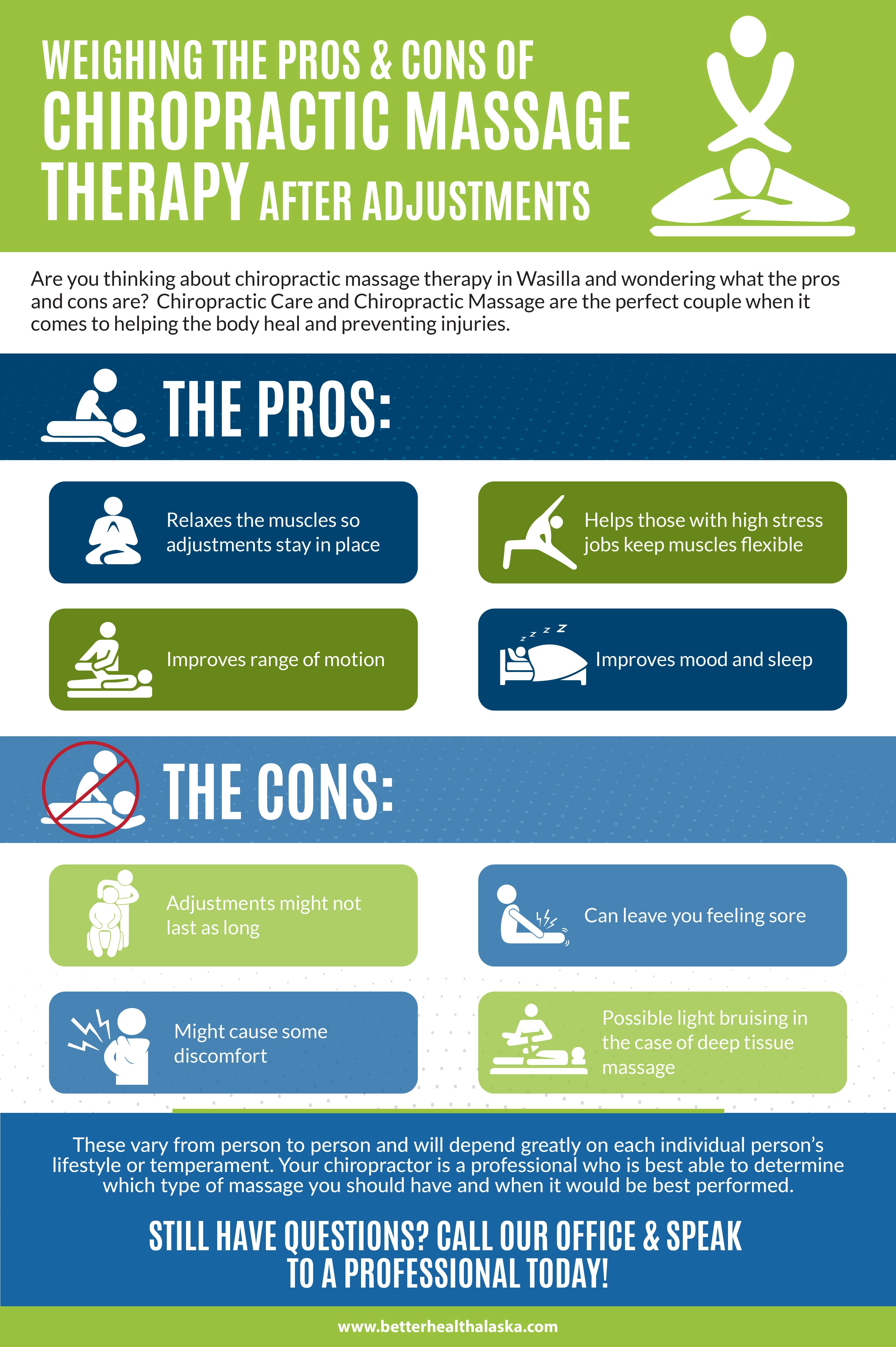The Influence Of Pose On Back Pain: Approaches For Maintaining Proper Alignment During Daily Activities
The Influence Of Pose On Back Pain: Approaches For Maintaining Proper Alignment During Daily Activities
Blog Article
Team Writer-Conway Bennett
Keeping proper position isn't practically sitting up straight; it's about aligning your body in such a way that sustains your spinal column and lowers the threat of back pain. The method you sit, stand, and move throughout the day can dramatically influence your spinal health and wellness. But how precisely can you guarantee excellent positioning regularly, even during active days loaded with various tasks? Allow's dive deeper right into the subtle yet impactful modifications you can make to your daily regimen to maintain your back happy and healthy.
Significance of Proper Position
Proper pose is critical in maintaining a healthy and balanced back and protecting against pain. When you rest or stand with good posture, your spinal column is in placement, decreasing stress on your muscular tissues, ligaments, and joints. This placement enables the body to disperse weight equally, avoiding extreme stress and anxiety on specific areas that can result in discomfort and pain. By keeping your back appropriately straightened, you can additionally boost your breathing and food digestion, as slouching can compress organs and limit their functionality.
Furthermore, keeping good posture can enhance your total look and confidence. When you stand tall with your shoulders back and head held high, you show confidence and show up even more approachable. Excellent posture can additionally make you feel more stimulated and alert, as it promotes proper blood flow and permits your muscle mass to work effectively.
Incorporating supplemental resources into your everyday routine, whether sitting at a workdesk, strolling, or working out, is important for protecting against neck and back pain and promoting overall health. Remember, a little adjustment in how you hold yourself can make a significant distinction in how you feel and work throughout the day.
Common Postural Mistakes
When it comes to keeping good position, numerous individuals unconsciously make usual errors that can contribute to pain in the back and pain. Among the most common errors is slouching or stooping over while sitting or standing. This position places extreme pressure on the spine and can bring about muscle imbalances and pain in the future.
One more usual blunder is overarching the lower back, which can flatten the all-natural contour of the spine and trigger pain. In addition, crossing legs while sitting might feel comfy, however it can develop a discrepancy in the hips and hips, resulting in postural problems.
Using a cushion that's as well soft or as well firm while sleeping can also impact your placement and contribute to back pain. Lastly, continuously craning your neck to look at screens or readjusting your position often can strain the neck and shoulders. Bearing in mind these common postural mistakes can assist you keep much better positioning and decrease the threat of pain in the back.
Tips for Correcting Alignment
To boost your placement and reduce back pain, it's essential to concentrate on making small changes throughout your everyday routine. Beginning by being mindful of your stance. When sitting, guarantee your feet are flat on the flooring, your back is straight, and your shoulders are relaxed. Stay clear of slouching or leaning to one side. Use https://timesofindia.indiatimes.com/life-style/health-fitness/home-remedies/chiropractic-therapy-treatment-benefits-and-side-effects/articleshow/70645746.cms or cushions to support your reduced back.
When standing, disperse your weight equally on both feet, keep your knees slightly bent, and embed your hips. Involve your core muscle mass to sustain your spinal column. Take breaks to stretch and walk if you have a sedentary job. Include exercises that reinforce your core and back muscle mass, such as planks or bridges.
While sleeping, use a pillow that supports the natural contour of your neck to preserve appropriate spinal positioning. Stay clear of sleeping on your belly, as it can strain your neck and back. By being mindful of these tips and making small modifications, you can gradually remedy your alignment and ease neck and back pain.
Conclusion
Remember, keeping good stance is vital to avoid back pain and promoting spinal health. By bearing in mind your positioning, dispersing weight uniformly, and engaging your core muscle mass, you can decrease stress on your back and decrease the danger of discomfort and injury. Include ergonomic assistance, take normal breaks to extend, and enhance your core and back muscle mass to maintain appropriate alignment throughout the day. Your back will certainly thanks for it!
